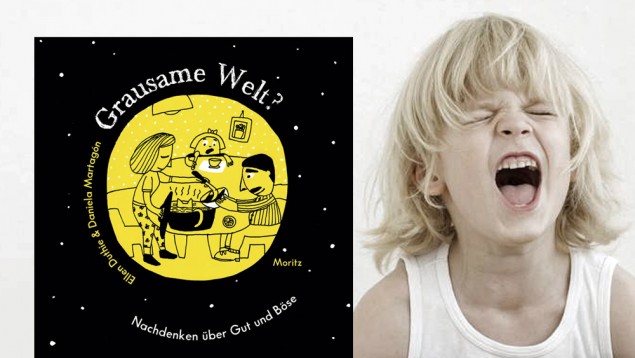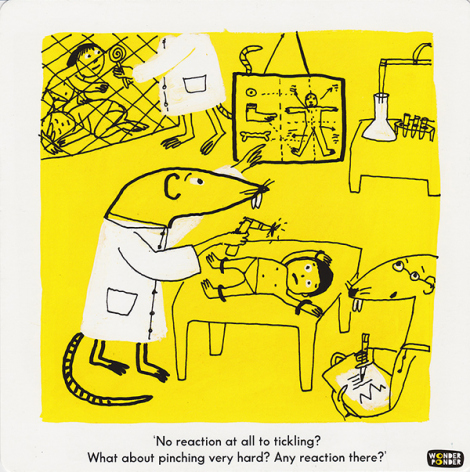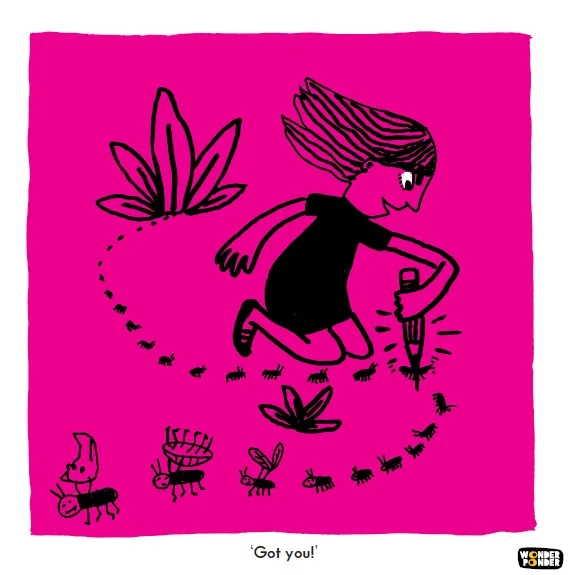It's here again! DYING TO ASK! VITAL IDEAS FOR THINKING ABOUT MORTAL QUESTIONS
Ellen Duthie
At Wonder Ponder we have been working on a project about death for almost two years now. The project seeks to generate space and time for children and the adults around them to wonder and ponder interesting questions about death.
One of the important parts of the project was to create one of our downloadable booklets to invite children to explore the subject of death and give an opportunity to people around the world to take part and send us questions posed by children within the context of carrying out some of the proposals included in the booklet.
So here it is! DYING TO ASK! Vital ideas for thinking about mortal questions. A booklet from the Great Beyond written by Anna Juan-Cantavella and Ellen Duthie and illustrated Loreta Lion.
What are the contents of the booklet?
A page full of examples of actual questions posed by children
A page inviting kids to write their own questions, aided by some prompt words.
A section of "Would you rather" questions
A section of True or False questions
A section where kids are invited to interview a skeleton (dead for many years) and a vampire (alive for many years) and think of good questions for each of them
A section for children to imagine the perfect send-off for a loved one
A page with questions to prompt dialogue on the meaning of life (Is your life more meaningful than a fly's life?)
A section on language (idioms and expressions containing the word "death" or "dead")
A last page where children are invited to read through the booklet and choose their best mortal questions to share with us at Wonder Ponder with the promise that a selection of the questions we receive will be included in a book we are working on for 2022.
The free downloadable resources we offer at Wonder Ponder take a very long time and to create and are fairly costly to produce.
It is our choice to make them available free of charge and we think it's great for them to be downloaded for free.
If, however, you would like to support our work and acknowledge the use and enjoyment you get out of our resources, you can make a voluntary contribution, that will help us to continue to create free resources and undertaking other projects.
Your contribution might reflect the price you think is fair for this particular booklet, or an amount for the booklets you have downloaded and enjoyed in the past and you suspect you will download and enjoy in the future.
You can make your contribution by clicking on the button below or via paypal, here (please enter “I would like to make a contribution” in the note section so that we can track donations).
Another important way of supporting our work is downloading it for free and then sharing it on social networks. Thank you, whatever you decide!
DYING TO ASK! is also available in Spanish, Basque, Portuguese and Catalan.























